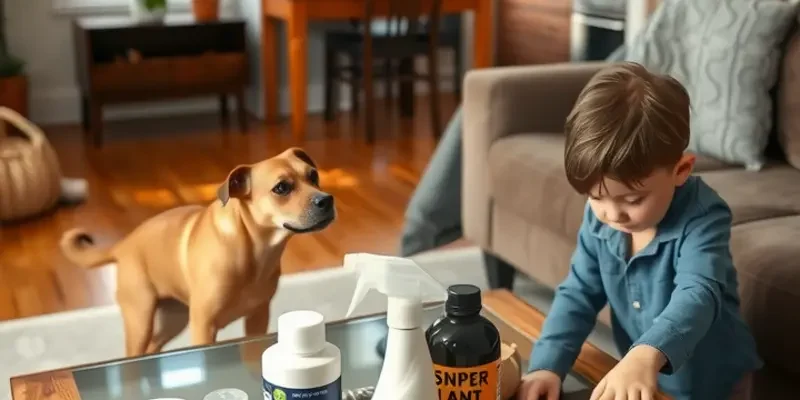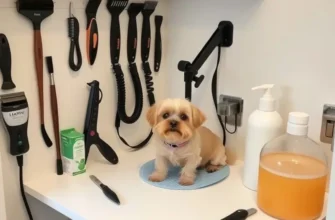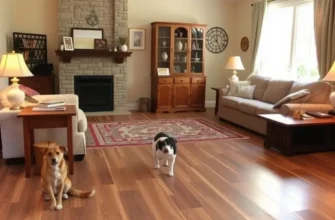Keeping your home pest-free is crucial, especially for families with pets and children. As a pet owner, you might be concerned about the best methods for pest control that will keep your furry friends and little ones safe. Many traditional pest control methods can pose health risks to pets and children, making it essential to seek out alternatives that prioritize their well-being. Understanding how to implement a pet-friendly approach can ease your mind and ensure a comfortable living space. From choosing non-toxic treatments to establishing preventive practices, creating a pest-free home doesn’t have to compromise safety. This guide provides practical, friendly advice on pest control tailored specifically for pet owners, families with kids, and renters. It walks you through steps to ensure your apartment remains a safe haven from pests without sacrificing the health of your beloved family members.
Understanding Pest Control in Pet-Friendly Homes
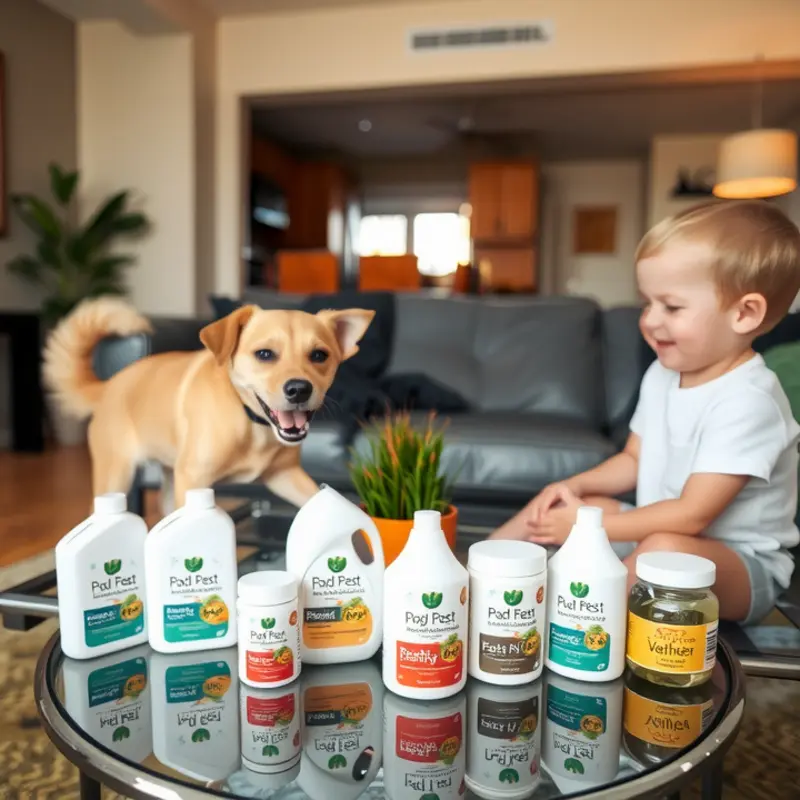
Sharing an apartment with pets and children presents unique challenges when it comes to pest control. Urban living often exposes households to a variety of pests—from mice and cockroaches to fleas and bed bugs—that can invade shared living spaces, creating potential hazards.
The foremost concern is ensuring the safety of both pets and children while effectively dealing with these pests. Pets can be particularly vulnerable to traditional pest control products, which often contain harsh chemicals. Young children are also at risk, given their tendency to explore spaces through touch and, inadvertently, taste.
When addressing these challenges, it is vital to choose pest control products that are labeled safe for use around animals and children. Look for items that use natural ingredients or eco-friendly traps. Methods such as diatomaceous earth, essential oils, or localized bait traps can provide effective results without exposing your loved ones to toxins. Always consult with a veterinarian or pediatrician if you’re in doubt about a product’s safety.
Common Pests in Urban Areas
The urban environment fosters a myriad of pests. Ants can infiltrate even the smallest crumbs, while roaches thrive in damp and shadowy spots. Mice are notorious for entering through tiny crevices, and contribute to significant health risks, such as spreading bacteria and allergens. Fleas are another concern, especially in homes with pets, leading to discomfort and potential skin issues.
To combat this, it’s beneficial to focus on preventive strategies. Regular cleaning routines can play a crucial role. Ensure food is stored in airtight containers and regularly empty trash bins. Routine cleaning not only limits pest access to food sources but also minimizes pest hiding places.
Healthy Standards Without Compromise
A pest-free environment doesn’t have to come at the cost of health standards. In fact, creating a cleaner, more organized space can simultaneously keep pests at bay and ensure a healthy living environment for your children and pets.
Seal cracks and crevices to reduce entry points for pests. Ensure that windows and doors are properly fitted, and install screens if necessary. Addressing moisture-prone areas—like bathrooms and kitchens—by fixing leaks promptly and using dehumidifiers can deter pests seeking water sources.
Embrace a holistic view of pest control that aligns with a lifestyle emphasizing safety and sustainability. Consider consulting integrated pest management professionals who advocate for methods prioritizing long-term prevention and least-harmful interventions.
For additional pet-related safety tips, consider exploring pet-friendly bathroom tips which offer valuable insights into maintaining safe home environments.
By focusing on safe, effective methods and preventative care, you ensure that your living space remains a sanctuary free of pests, where pets and children can thrive without exposure to risks.
Steps to Create a Safer Pest Control Routine
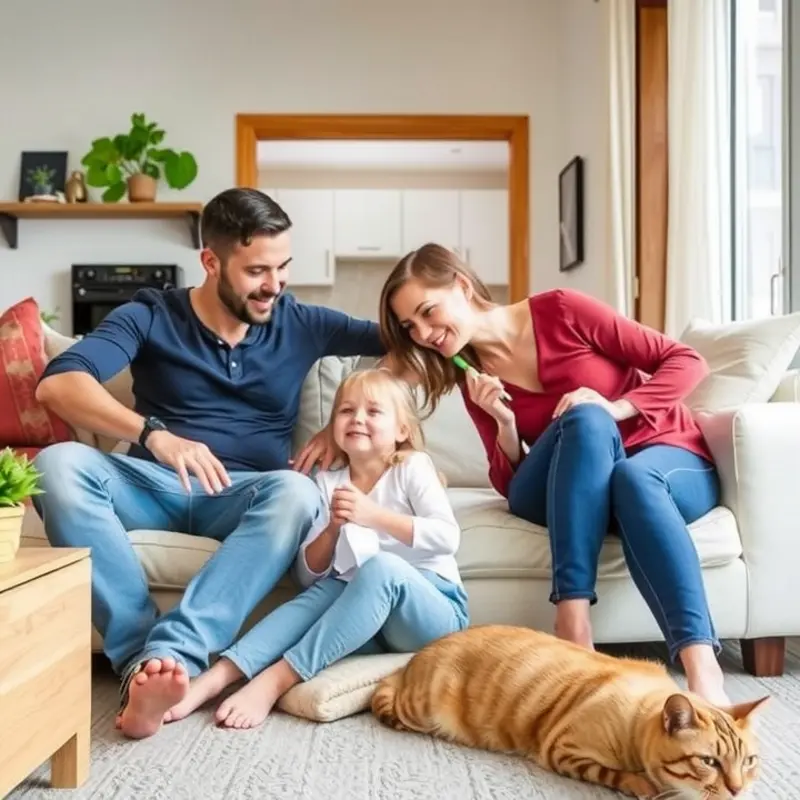
Implementing a pest control routine that keeps pets and kids safe requires a mindful, thorough approach. Start by focusing on prevention. Block potential entry points using caulk or weather stripping where pests could sneak in. Regularly inspect windows, doors, and utility openings. Secure trash in tightly sealed containers and maintain cleanliness in all living areas to deter unwanted guests.
Another effective strategy is to minimize clutter, which can serve as a breeding ground for pests. Store household items in organized bins, keeping them off the floor. Make routine inspections a habit, checking for signs of pests such as droppings or damage to fabric and paper. These routine checks can help identify issues before they escalate.
When it comes to pest control products, opt for those labeled as pet and kid-safe. Look for natural or organic options that use essential oils like peppermint or citrus, which can be powerful deterrents without the harsh chemicals found in traditional pesticides. To ensure you’re making the safest choices, review product labels thoroughly and follow application instructions meticulously. This not only protects your family but also enhances the effectiveness of the treatment.
After applying pest control measures, prioritize proper cleanup to maintain a safe environment. Ventilate the treated areas by opening windows and doors, allowing fresh air to circulate. Clean surfaces that may have come into contact with pest control products using mild soap and water. Address accidental residue by wiping away thoroughly with damp cloths, especially in child and pet-accessible spots.
Pay attention to areas where pets and kids spend the most time, like play areas or pet feeding zones. It is advisable to block access during and after treatment, until the products have dried completely and any residue is removed.
Keeping your apartment pest-free can also be supported through lifestyle adjustments. Introduce outdoor elements like an apartment-friendly herbal garden maintaining pet well-being. Herbs such as basil, lavender, and rosemary can naturally deter pests while being safe around pets. Position these in balcony spaces or sunny windowsills for best results.
Collaborative efforts yield the best results; educate all household members on the pest control practices in place. Encourage them to contribute by maintaining personal spaces and reporting potential pest signs immediately. This active participation ensures everyone plays a role in sustaining a safe, pest-free sanctuary for both kids and pets.
Final words
Maintaining a pest-free environment in a pet-friendly apartment requires a thoughtful approach. By opting for non-toxic pest control methods, regularly cleaning, and promptly addressing any pest issues, you create a secure and inviting atmosphere for both pets and children. With the right preventative measures and safety in mind, your living space can be both comfortable and pest-free. Remember, a little preparation goes a long way in keeping your family safe and happy. So embrace these tips and enjoy peace of mind as you create a loving home for everyone in your family.

